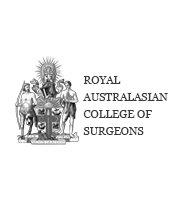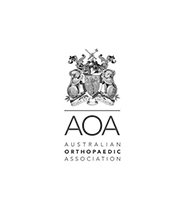Reconstructive Shoulder Surgery
Shoulder reconstruction is required for patients with shoulder instability to improve stability, restore function and prevent recurrent dislocations of the shoulder joint.
Shoulder instability is a problem of increased, abnormal shoulder joint translation that occurs when the structures that surround the shoulder joint such as the ligaments, capsule and cartilage become overstretched or injured.
With excessive movement of the ball on the socket, the shoulder may dislocate.
Shoulder dislocation can be partial or complete.
- A partial dislocation occurs when the ball of the upper arm comes partially out of the socket. It is referred to as a subluxation.
- A complete dislocation occurs when the ball comes all the way out of the socket.
Shoulder instability most commonly occurs as a result of a Bankart injury or tear. Bankart tear is a specific injury to a part of the shoulder joint called the labrum. Labrum is a ring of fibrous cartilage that surrounds the glenoid and stabilises the shoulder joint.
Bankart tear leads to recurrent dislocations, feeling of looseness, lack of strength, pain or clicking and arthritis of the shoulder. Shoulder instability may be caused by injury, falling on outstretched hand, repetitive overhead sports such as basket ball, volley ball or weight lifting.
Patients with shoulder instability may have severe pain, swelling, popping or grinding sound, partial or complete dislocation, loss of sensation or partial paralysis and loss of function.
If conservative treatments such as immobilisation, prescription medicines, physical therapy, closed reduction and activity modification & fail to relieve the shoulder instability, your surgeon may recommend reconstruction surgery.
How is the procedure performed?
Shoulder reconstruction surgery involves repair of the torn or stretched ligaments so that they are better able to hold the shoulder joint in place.
During the surgery, the torn labrum is reattached back to the shoulder socket with the help of special anchors and the overstretched capsules and ligaments are tightened.

Shoulder reconstruction surgery can be done arthroscopically, which involves use of smaller incisions and tiny instruments to perform the repair. Some patients may need an open surgical procedure which involves a larger incision over the shoulder to perform the repair.
Recommended Post-operative care?
Following surgery, your arm is kept in a sling for six weeks to facilitate healing.
Your physiotherapist will show you how to use of the sling and instruct on simple exercises.
- You may have pain after surgery, which requires pain medications for 3-5 days.
- Apply ice packs on the shoulder to help reduce the swelling.
- You can use a pillow under your shoulder while lying in bed.
- Avoid heavy lifting and driving during the first 6 weeks.
- You will be given specific instructions regarding activity and a rehabilitation program of exercise and strengthening.
Complications with Reconstructive Shoulder Surgery
Complications are rare after shoulder reconstruction surgery.
Some of the complications include infection, stiffness or restricted movement, nerve and vessel injury, failure of the procedure and side effects of general anaesthesia.





